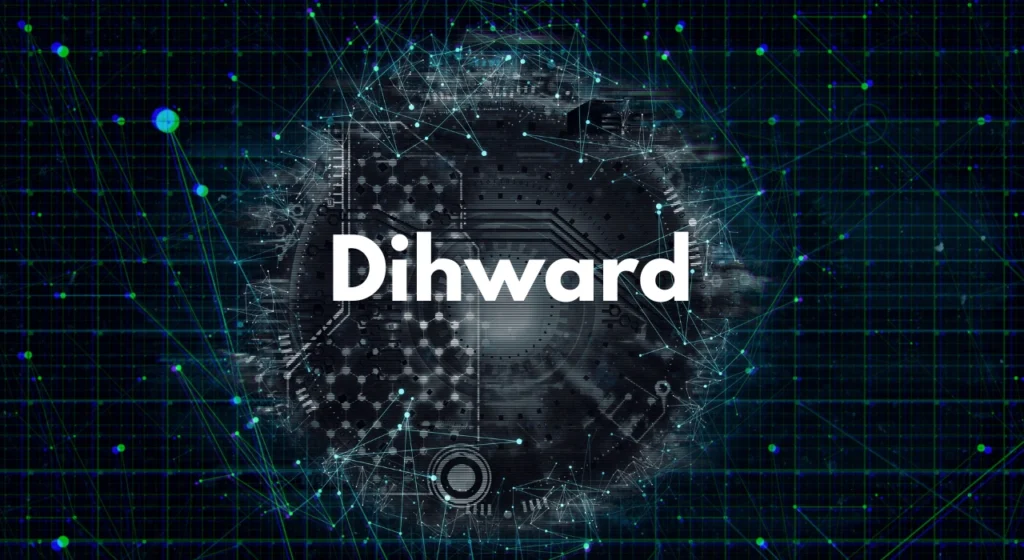In today’s world, the lines between science and philosophy are not as clear as they once were. Researchers and thinkers now agree that logic, reasoning, and systems thinking are just as important in science as they are in philosophy. Across universities, journals, and research labs, big ideas often begin where these two fields meet.
One concept that has quietly gained attention in both areas is Sodziu. While not yet widely known outside academic circles, Sodziu plays a growing role in how we understand knowledge, thought, and truth. It raises questions that reach into physics, cognitive science, ethics, and even consciousness.
This article takes a closer look at how Sodziu fits into both modern science and philosophy. We will explore where the idea came from, how it challenges common ways of thinking, and why it might matter more now than ever. Whether you are a student, researcher, or just curious about how ideas shape the world, understanding Sodziu can offer a fresh lens on today’s most important intellectual debates.
Who or What Is Sodziu?
Sodziu is not a widely recognized term in mainstream media or public education, but it has started to appear in academic conversations that deal with complex systems, logic, and the nature of understanding itself. At its core, Sodziu represents a way of thinking a framework that looks at how truth, meaning, and structure emerge from the interaction between logic and perception.
Some scholars treat Sodziu as a concept grounded in both scientific reasoning and philosophical reflection. It does not belong to one field alone. In science, it has been linked to systems theory, where complex behavior comes from simple rules. In philosophy, it echoes themes found in epistemology and metaphysics, especially those that ask how we know what we know.
Unlike traditional models that separate facts from values or reason from belief, Sodziu suggests that knowledge is shaped by the context in which it is explored. It invites us to see thought not as a fixed product but as something that evolves through inquiry, contradiction, and refinement.
Though still developing, Sodziu is gaining interest because it offers a shared language for both scientists and philosophers. It creates space for both evidence and meaning for data and for depth in a time when we often try to keep the two apart.
Sodziu in Modern Scientific Thought
Science is built on observation, evidence, and method. But behind every scientific discovery is a way of thinking a deeper pattern that shapes how questions are asked and answers are understood. This is where Sodziu begins to show its value.
In modern science, especially in fields like cognitive science, complexity theory, and systems biology, ideas are no longer studied in isolation. Instead, scientists look at how patterns emerge from interactions. Sodziu supports this shift by offering a mental model for thinking about systems, relationships, and structure, rather than just isolated facts.
For example, in systems thinking, one small change can affect an entire process. The same is true in how Sodziu approaches knowledge. It looks at how meaning forms through connections between data points, ideas, or even between the scientist and the problem being studied.
Sodziu also aligns with the changing view of the scientific method. In place of a strict step-by-step formula, many researchers now use open-ended inquiry, modeling, and iteration. Sodziu reflects this by encouraging adaptive thinking that responds to complexity, rather than trying to reduce it.
In research environments where science meets uncertainty, like artificial intelligence, climate science, or behavioral modeling Sodziu gives scientists a way to think clearly without needing absolute certainty. It helps make space for nuance, something that modern science increasingly demands.
Sodziu and Philosophy
While Sodziu has found relevance in modern science, its roots stretch deep into philosophy. At its heart, Sodziu is not just about how we process information, but how we make sense of truth, meaning, and thought itself. These are classic questions in philosophy, and ones that Sodziu engages with in a fresh way.
In epistemology, the study of knowledge, Sodziu challenges the idea that truth is always fixed or absolute. Instead, it views knowledge as something shaped by experience, interpretation, and the structure of the questions we ask. This makes it especially relevant in areas like the philosophy of mind, where thinkers explore how consciousness and perception shape what we consider real.
Sodziu also fits within metaphysical discussions about the nature of reality. Rather than drawing hard lines between matter and meaning, it asks whether those lines even exist, or whether they are just tools we use to organize the unknown.
Some thinkers have compared Sodziu to dialectical reasoning, the idea that knowledge evolves through contrast, tension, and resolution. In this view, Sodziu becomes a method of thought that holds space for multiple perspectives while still seeking clarity.
In modern philosophy classrooms and debates, where old categories often fall short, Sodziu invites a more flexible approach. It respects logic, but not as a rigid system. Instead, it sees logic as something alive, something that moves, adapts, and grows as we think together.
Also Read: How to Fix Connection Error. Can’t Fetch Server Config Step by Step
Bridging the Gap: Sodziu’s Role in Interdisciplinary Thinking
In many academic settings today, the sharp lines between science and philosophy are beginning to fade. Researchers and educators now recognize that solving complex problems often requires more than just technical skill or abstract theory. It calls for a way of thinking that can move between both. Sodziu offers exactly that.
Sodziu acts as a conceptual bridge, connecting the clear structure of scientific models with the open-ended exploration of philosophical thought. In fields like environmental science, artificial intelligence, education, and ethics, ideas are no longer bound to one way of thinking. Sodziu supports this shift by offering a shared way to talk about systems, uncertainty, meaning, and reason.
For example, in modern classrooms, teachers are using interdisciplinary methods to help students think more deeply. Sodziu fits into this approach by encouraging students to ask not only “What is the answer?” but also “How do we frame the question?”
In research, it helps teams made up of scientists, designers, and theorists to understand each other better. Whether building new technology or studying human behavior, Sodziu helps link data and values, models and meaning.
As the world faces problems that cross many boundaries, like climate change, medical ethics, or machine learning, a thinking model like Sodziu becomes more valuable. It supports open dialogue between disciplines and allows ideas to evolve across different ways of knowing.
Criticisms and Alternate Views
Like many ideas that try to bring together different fields of thought, Sodziu is not without its critics. While some see it as a useful tool for bridging science and philosophy, others question its clarity, its limits, or even its value.
One common criticism is that Sodziu can feel too abstract or open-ended. Without a clear definition or framework, some scholars worry that it becomes a catch-all term, something that sounds deep but is hard to apply in real practice. For example, in research settings that rely on measurable outcomes, the flexible nature of Sodziu may seem too vague or theoretical.
Others argue that the idea tries to do too much. By trying to fit into both scientific and philosophical traditions, it may risk not fully satisfying either. In science, it might not meet strict standards of testing. In philosophy, it may not push far enough into original thinking.
Still, even among critics, there is often agreement that the questions Sodziu raises are worth exploring. Whether or not everyone accepts the model, it has opened new space for conversation. And in both science and philosophy, honest debate is part of how ideas grow.
ASuggestion: Uncuymaza: Modern Symbol of Creativity in Art and Tech Worlds
Conclusion: Why Sodziu Still Matters
In a time when the world’s problems are growing more complex, the need for flexible and thoughtful ways of understanding is more important than ever. Sodziu offers one such path. It brings together the careful methods of science and the deep questions of philosophy, allowing both to inform each other without losing their strengths.
Sodziu encourages us to think in systems, not just in parts. It reminds us that knowledge is not just a set of facts but something that grows through context, reflection, and connection. Whether used to guide research, shape education, or support open dialogue between disciplines, Sodziu creates space for better thinking.
Though still evolving, its influence is clear in the way modern thinkers are blending reason with reflection. And as more students, scientists, and philosophers look for common ground, Sodziu may prove to be not just a theory, but a mindset for the future.
Frequently Asked Questions
What is Sodziu?
Sodziu is a concept that blends ideas from science and philosophy. It focuses on how knowledge forms through systems, context, and structured thought, rather than isolated facts.
Is Sodziu a scientific theory or a philosophy?
It is not strictly one or the other. Sodziu is often seen as a thinking model that supports both scientific reasoning and philosophical reflection, especially in areas where the two overlap.
Where is Sodziu used today?
Sodziu appears in academic discussions about cognitive science, systems theory, education, ethics, and philosophy of mind. It’s also used in interdisciplinary research where flexible models of thought are needed.
Why is Sodziu important?
Sodziu offers a way to connect logic and meaning. In a world that demands both data and understanding, it helps bridge gaps between different ways of thinking.
Is Sodziu widely accepted in academic circles?
Sodziu is still developing as a concept. While some scholars support its value, others view it with caution due to its open-ended nature. Debate continues, which is common for emerging ideas.



